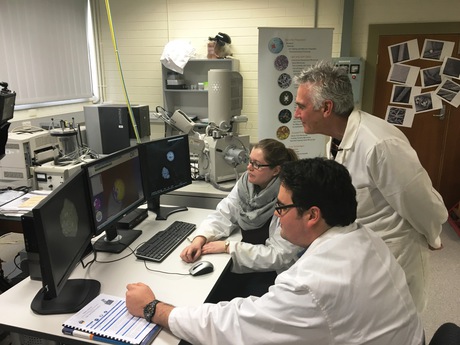Criminals beware — scientists can now trace gunshot residue to ammunition brand

If you’re a criminal with a propensity towards guns, now might be the time to go straight, as Flinders University forensic scientists have reported matching gunshot residue with specific brands of ammunition for the first time.
The scientists, led by Professor Paul Kirkbride, have been conducting ongoing research to detect gunshot residue and then match the glass fragment trace elements and isotopes present with those in bullet cartridges. As Professor Kirkbride told Lab+Life Scientist back in 2015, “The isotope fingerprint carries clues as to the particular geographical origin of the minerals that make up the glass.”
The team’s research has seen them work with some of the most advanced analytical instrumentation in Australia — including a Time-of-Flight Secondary Ion Mass Spectrometer (ToF-SIMS) and a Sensitive High Resolution Ion Microprobe (SHRIMP) — in addition to collaborating with SA Police, Forensic Science SA, ChemCentre WA, the Future Industries Institute, Australian Scientific Instruments and Geoscience Australia. They have now reached a previously unachievable level of detail about gun crimes — with more progress expected soon.
“We’ve shown matching characteristics in the trace elements and isotopes found in glass fragments in the residue left on the shooter, in the wound and in the specific batch or brand of ammunition,” said Professor Kirkbride. This is expected to have massive implications for Australia, as the research is focused on .22 ammunition — the most commonly used ammunition in Australian gun crimes.
“Eventually we hope to provide law enforcement agencies with the ability to identify not only the brand of ammunition, but also the location of manufacture and points of distribution, which all contribute significantly towards identifying the purchaser,” Professor Kirkbride concluded.
Forever chemicals can be safely incinerated
A team of international scientists has shown how per- and polyfluoroalkyl substances (PFAS) can...
'Nuclear spin microscopy' based on quantum sensors
Researchers have used quantum sensors to extend magnetic resonance imaging to the realm of...
Colour palette expands for bioluminescent cell imaging
Researchers have expanded the colour palette of bioluminescent protein to 20 distinct colours,...




